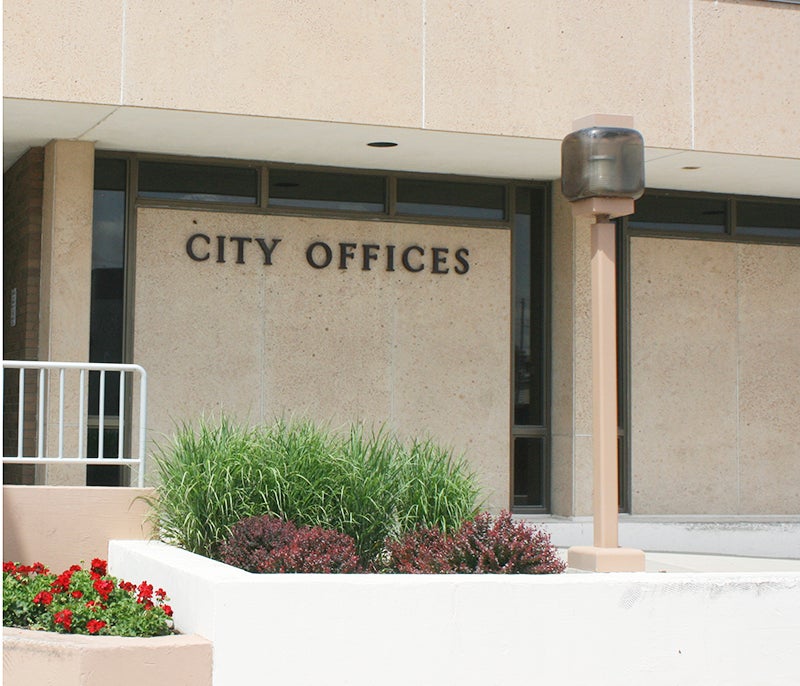Watershed District, DNR plan to separate Upper and Lower Twin lakes with pump station for better management
Published 8:00 pm Friday, October 4, 2019
Conjoined Upper and Lower Twin lakes will be separated with the help of a pump station intended to allow them to be managed independently by the Department of Natural Resources.
Though they’re separated by a county road over a box culvert, the two are still interconnected, Minnesota Department of Natural Resources Area Wildlife Manager Jeanine Vorland said.
While there is a water control structure on Lower Twin Lake put in by the DNR in the early 1980s, the connection between Upper and Lower Twin lakes means the two are managed together.
“Any time you need to lower Upper Twin Lake, you also need to lower Lower Twin Lake,” Vorland said.
The problem?
“They don’t always need to be managed at the same time,” Vorland said.
Nature is pretty good about controlling water levels on Lower Twin Lake, she said. There are dry and wet spells that naturally cause the water level to fluctuate. The main reason the DNR would choose to remove water by removing stops from a dam on the outlet of Lower Twin would be to eliminate a large population of carp or other rough fish or restore natural vegetation along the shoreline of the lake.
“Droughts are kind of the natural reset mechanism for lakes that are as shallow as Upper and Lower Twin are,” Vorland said.
Now, the two lakes are rarely dewatered, Vorland said; the last dewatering was a natural drought in 2012. Installing a pump station does not necessarily mean the lake will be managed every few years, Vorland said, but it does give the DNR the option to do so.
With a pump station, work to control rough fish — non-game fish — populations could occur more frequently, undeterred by the difficulty of managing both lakes at the same time. Instead of having to wait for natural events to reclaim the lake, a pump station could help create better habitat year in and year out. This is the goal, Vorland said. Management will depend on the health of the lake.
The role of the pump
While Lower Twin water levels can be lowered by gravity, the system between Upper and Lower Twin lakes is too flat to allow gravity to pull water out of Upper Twin. As is, the only way to get water out of Upper Twin is to lower Lower Twin, Vorland said.
“There isn’t enough elevation difference between the two to make any difference,” she said.
This is where the pump comes into play. Shell Rock River Watershed District Technical Specialist Scott Christenson said the pump, which will sit on the northeast side of County Road 80, will have a discharge line going through the culvert on the downstream side. Pipes will discharge water from Upper Twin Lake into Lower Twin, Vorland said. Water will be kept from flowing backwards by a grade and a few stops.
She said there is a marshy buffer between Upper and Lower Twin that has the ability to mitigate poor water quality flowing out of Upper Twin and into Lower Twin.
For people downstream of the system, separating the lakes with a pump station means less water.
“If I don’t have to lower two lakes, there’s not as much water has to go down Goose Creek,” Vorland said.
Benefits
Drawing down a lake can help improve habitat and the native diversity of plant species, Christenson said, and according to Vorland, lowering one lake rather than both at once could help some species escape the artificial drought on the lake requiring a drawdown in addition to species that benefit from a drawdown.
Furthermore, the lakes are designated by the state as Wildlife Management areas, which indicates wildlife habitat is a priority for management of the lakes, Vorland said. The area is also federally designated a waterfowl production area to preserve it as critical for waterfowl and other wildlife. It is used by waterfowl during the spring and fall migrations, Christenson said. Therefore, it is best to have plenty of food and vegetation and for annual plant species to produce as much seed as they can, Christenson said. A drawdown can expose the seed bed and allow those seeds to germinate.
It can also increase the storage capacity of the lake by allowing narrowleaf cattail to root. When the water is too deep, the cattails will form a mat of roots in which the root system stays on the surface of the water, Christenson said. Eliminating that mat could allow more emergent vegetation — plants that stand above the surface of the water — to root in the soil.
Finally, allowing the soil to dry out and consolidate without water resting above it can also help manage phosphorus levels in the lake, he said.
Intended project completion is spring 2020.






